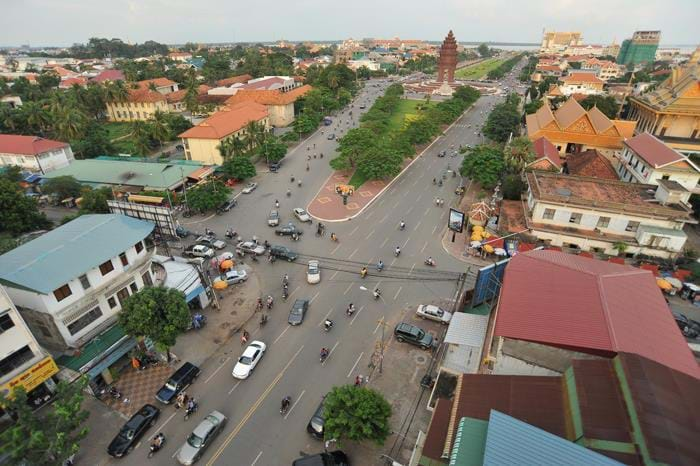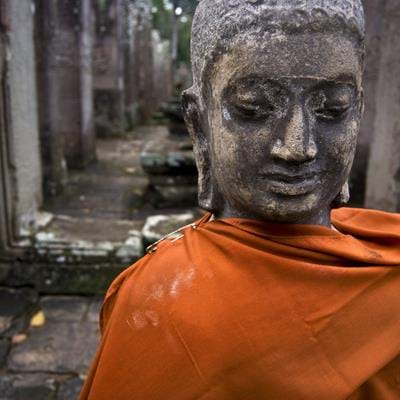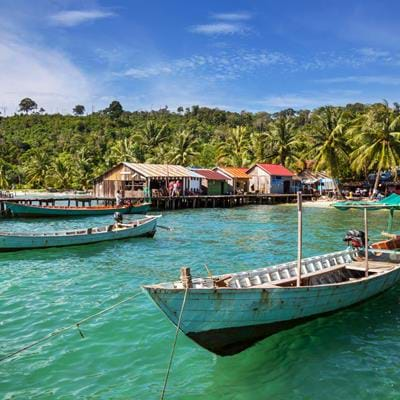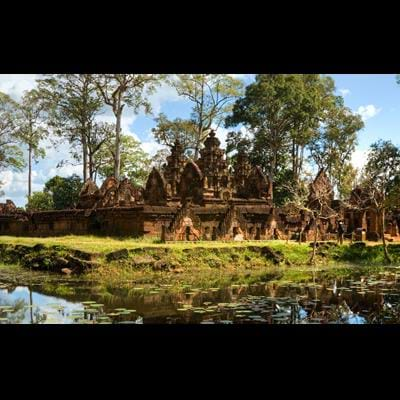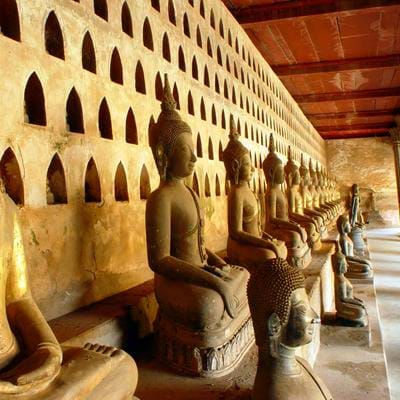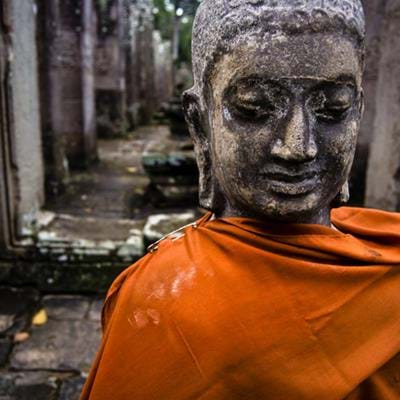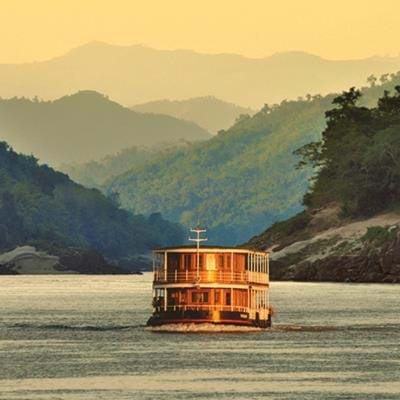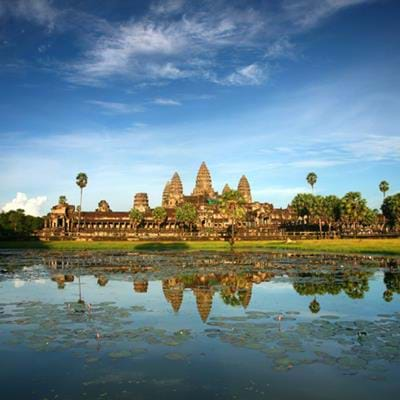Cambodia 02.02.2015 Transindus
Cambodia's capital Phnom Penh is an exciting place to visit. Not only does it contain Angkorian architecture and colonial buildings, it is also a city recovering from a difficult not-so-distant past that is still developing to suit modern times. All of this combines to offer a fascinating insight into the lives of Cambodians and their resilience in the face of adversity.
It is important to remember when visiting Phnom Penh that the city was evacuated in 1975 by the Khmer Rouge and when the population returned three years later, the numbers of people had been decimated and the city was a shadow of its former self. Evidence of this can be seen in some sights, while others have recovered so thoroughly, the cracks are barely visible.
Now, having returned to its status as The Pearl of Asia, Phnom Penh is a place of golden stupas, bustling cafe culture and charming vistas on the shores of the Mekong River. With so much to see and do, it is a good idea to plan your visit in advance.
The Royal Palace
Chief among the sights to include on any to-do list of the city should be the Royal Palace. A bit of a mouthful in its native Khmer, Preah Barum Reachea Veang Chaktomuk Serei Mongkol was constructed in 1866 by King Norodom. The complex remains the residence of the King of Cambodia, with the current incumbent being His Majesty Preah Bat Samdech Preah Norodom Sihanouk, but it is also very popular with visitors.
With a riverfront location and a sequence of pretty gardens to accompany the ornate buildings, the Royal Palace is a relaxing place to explore. The high walls that surround it shield the complex from the traffic of the city, so enjoy the relative tranquillity and beauty of the place.
Inside the grounds is the Silver Pagoda, believed by many to be the standout structure, adorned as it is with silver, gold, marble, crystal and diamonds. Five tons of silver was used to make the floor alone, which is made up of some 5,000 tiles and the Buddhas in residence are dripping in jewels.
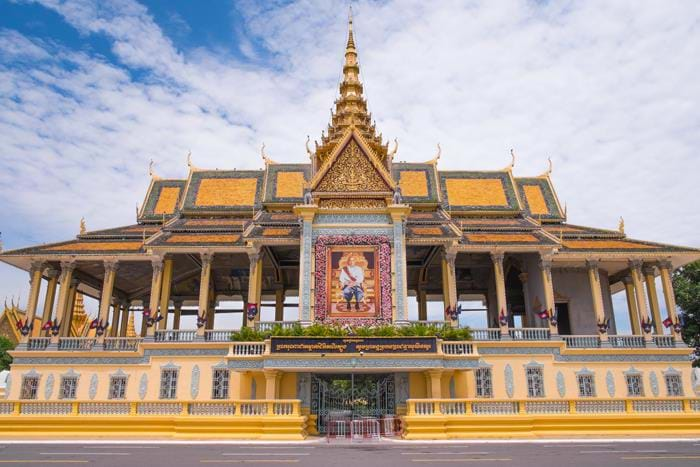
National Museum of Cambodia
Not far from the Royal Palace is the National Museum of Cambodia, which holds many of the artistic treasures that have been created in the country. These include some incredible examples of Khmer sculpture, all set within the grounds of a traditional terracotta house, complete with pretty courtyard and stunning pavilions. Items on display range from pre-Angkorian times right up to more modern pieces, including an intricate wooden barge created for the royal family.
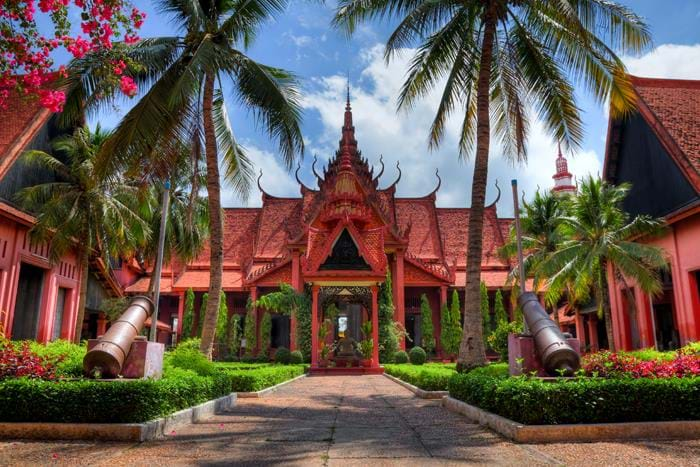
Killing fields of Choeung Ek
Another important sight, although a difficult one to visit is the Killing fields, which are situated not far from the city. A trip to the place where 17,000 people were put to death between 1975 and 1978 helps to gain an understanding of the awful past this country has had to endure and realise how it has risen Phoenix-like from a terrible time.
Of the 129 communal graves in this former orchard, 43 have been left untouched, but 8,985 bodies were exhumed in 1980. Many of the bones from these people who were bound, blindfolded and bludgeoned to death can be found at the Memorial Stupa, which was created in 1988. While the scale is disturbing, it is now a peaceful place and one that honours those who died under such horrific circumstances.
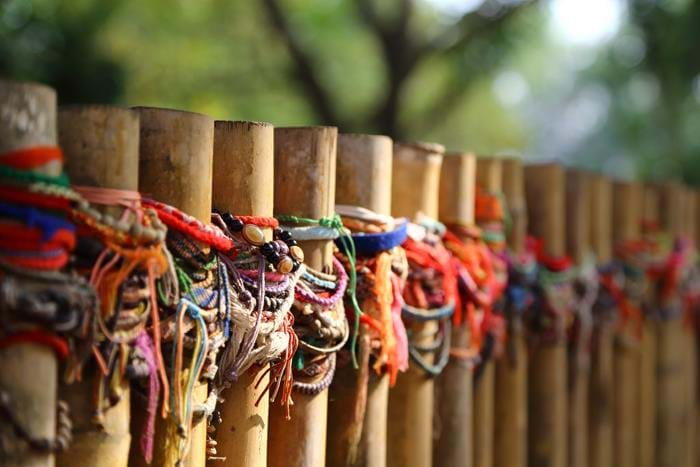
Tour the city's architecture
While there are many specific sights to set out to visit in Phnom Penh, one of the best things to do is simply explore and take in some of the beautiful buildings that reflect the myriad influences of the city's past. This can be done on foot, but in the heat of the Cambodia sun a cyclo ride may be preferred. These basic forms of transport involving a bicycle with a passenger's seat attached can be hired very easily and cheaply.
From the comfort of your ride, you can take in French colonial buildings, hidden Chinese temples, pretty shophouses and even examples of modernist architecture. Phnom Penh really has it all and getting an overview of the contrasts will give you a realistic view of the city.
